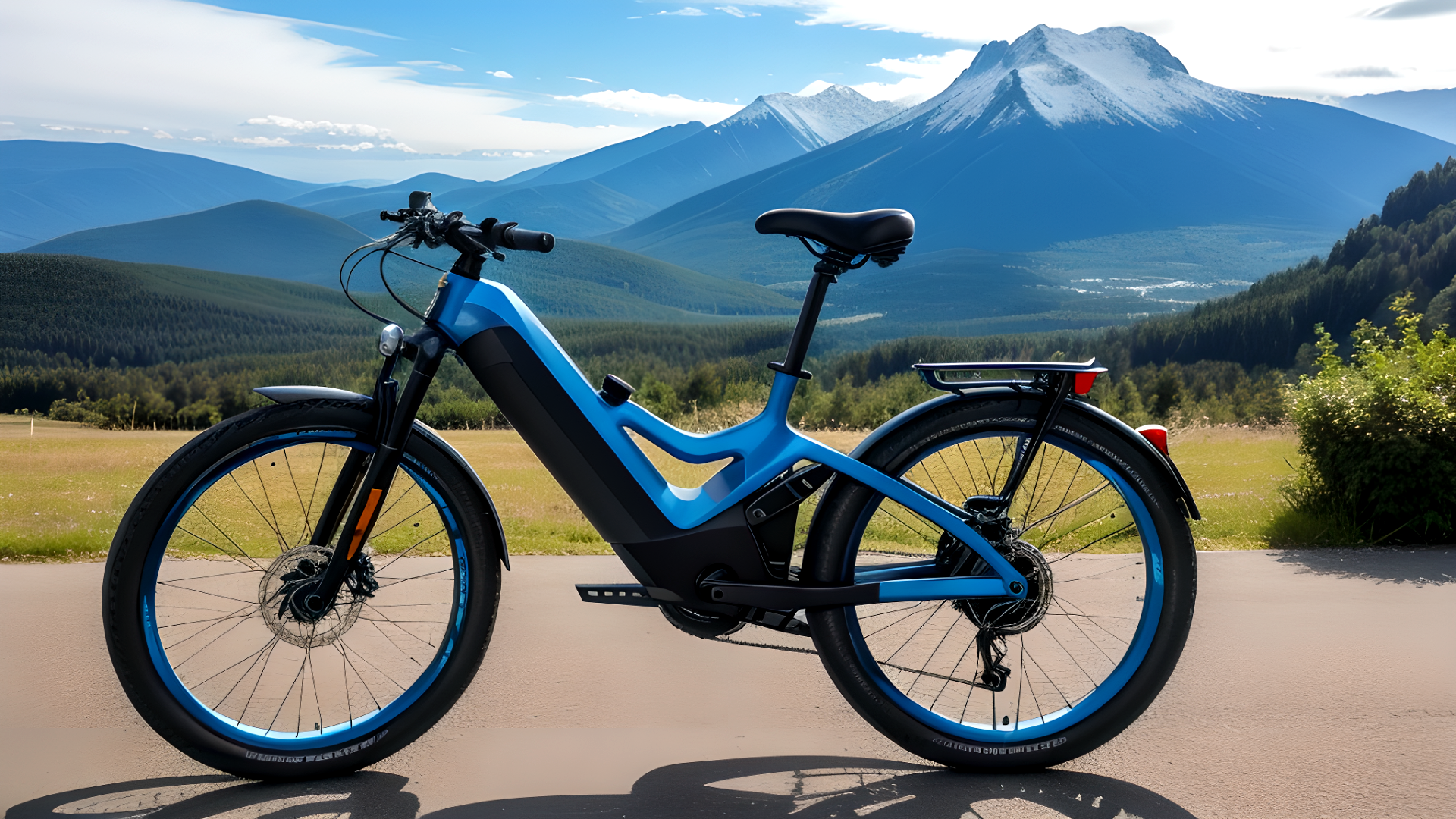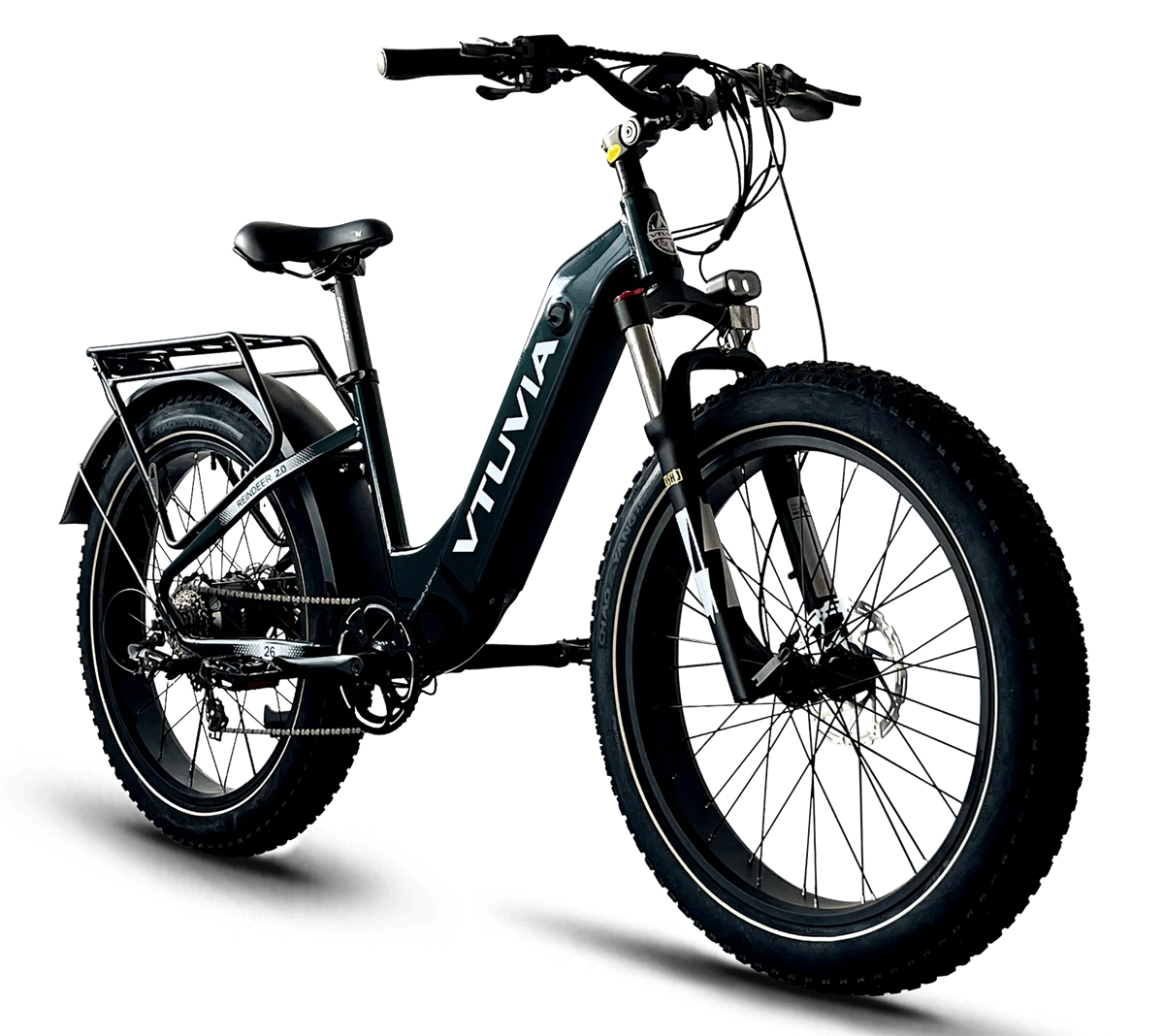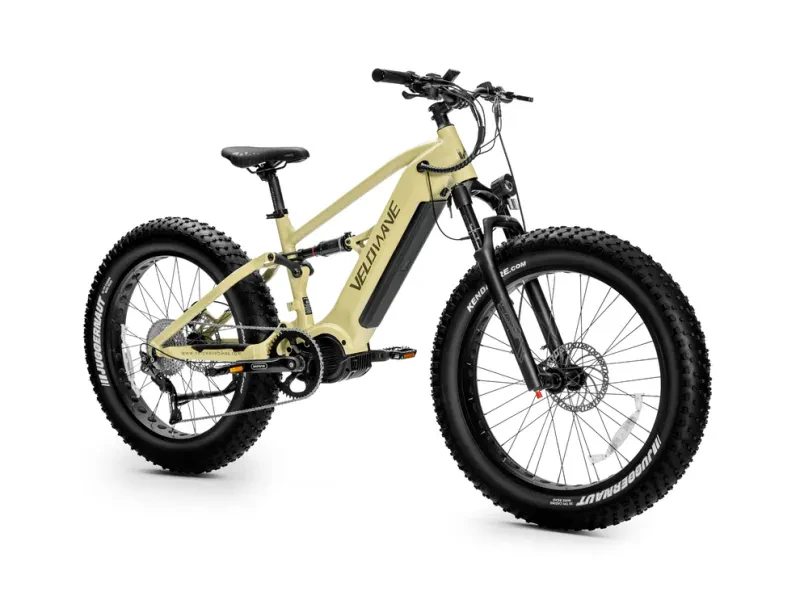Ever thought about staying active while recovering from an injury without pushing too hard? Electric bikes are making this possible for many. They mix gentle exercise with low strain, helping people recover faster.
Electric bikes let you ride up to 30 mph just using battery power. They're perfect for those with chronic conditions or recovering from surgery.
Key Takeaways
- Electric bikes help maintain physical activity without the risk of overdoing it, ideal for injury recovery.
- Speeds of up to 20 mph can be achieved purely on battery power.
- Various electric bike designs support personalized rehabilitation based on individual strength and ability.
- E-bikes address both physical and mental recovery, providing a balanced way to get back to health.
- Electric bikes offer an alternative to traditional exercise for stroke survivors, reports show improvements in aerobic fitness and muscle strength.
The Benefits of Riding an Electric Bike for Rehabilitation
Using an electric bike for rehab has many health benefits. It helps build muscle strength and keeps the heart healthy.
Improved Muscle Strength
Riding an electric bike is great for getting stronger. The pedal assist lets you control how hard you work. For example, the Grey p G6 adjusts to your heart rate, making sure you're working out safely and effectively.
Enhanced Endurance
Electric bikes also help you last longer when you're active. They let you go further without getting as tired. For example, Melissa and Stephen Smith Wakefield ride over 125 miles a week on their e-bikes.
Cardiovascular Health
Electric bikes are good for your heart, too. A study by Brigham Young University found that riding an e-bike gets your heart rate up to 94% of what it is when biking without assistance. This is a safe way to keep your heart in shape.
How Electric Bikes Can Aid in Muscle Recovery
Using an electric bike in a rehab program can help with muscle recovery. It keeps joints moving without the hard impact of intense workouts.

Range of Motion
An electric bike helps improve range of motion with its smooth, low-impact ride. It helps you heal after an injury. The easy pedaling helps bend joints, making them more flexible.
Cycling often keeps this flexibility going, helping users of electric bikes for recovery in the long run.
Joint Mobility
Electric bikes also boost joint mobility, which is vital for those with joint problems or injuries. This is better than high-impact activities like running, which can be very stressful on joints.
The electric assist can be adjusted to fit your needs. This lets you slowly increase your effort as you get stronger. Over time, this helps improve joint mobility, making e-bikes a great tool for short-term and long-term joint health.
The Role of Pedal Assist in Active Recovery
Pedal assist technology on electric bikes is a big help for active recovery. It lets people adjust how hard they work while riding.
Being able to adjust the help level is key. For example, someone with a knee replacement can start easy and get harder as they get stronger.
Using pedal assist can also boost heart health and muscle strength. However, using an e-bike with pedal assist can help maintain heart health.
Research shows e-bike riding with pedal assist improves many areas. For example, heart function and walking speed can improve. Balance and gait also improve, showing better recovery.
But it's not just about the body. Pedal assist makes exercise fun and easy. This helps with both physical and mental healing.
In short, pedal assist makes e-bike riding a great way to recover. It helps people at all stages of recovery. It makes the journey to full recovery more fun and engaging.
Electric Bikes for Post-Surgical Recovery
Electric bikes are gaining popularity in the U.S. They're great for post-surgical recovery, making it easier and less tiring. With a big jump in e-bike sales from 2017 to 2024, more people see their value in many areas of life.
Ease of Use
Electric bikes are easy to use, which is great for those recovering from surgery. They have a simple design, and some have a pedal-assist system.
E-bikes like the Vtuvia Reindeer 2.0, with its 750-watt motor, can go up to 70 miles on one charge. This makes them perfect for gentle exercise.
Reduced Physical Strain
Electric bikes also help reduce physical strain. The motor helps take some of the hard work off, preventing too much effort. This is helpful during post-surgical recovery, when the body is not as strong.
They provide the support needed to start moving safely again.
Choosing the Ideal E-Bike for Rehabilitation
When picking an e-bike for rehab, think about ease of use and features that help recovery.
Step-Thru Models
Step-thru e-bikes are great for those in rehab after a leg injury. They offer a comfortable riding position, which is great for balance and mobility issues.
This design makes it easy to get on and off the bike. This is important for people recovering from knee replacements...Etc.
Step-thru models like the Vtuvia Reindeer 2.0 make this process simple. This e-bike also supports riders up to 400 pounds, adding to your comfort and stability. With up to 70 miles of battery life and quick recharge times, it's a solid choice for rehab.
Impact on Mental and Physical Health
Electric bikes do more than just get you from point A to point B. They boost mental and physical health. Riding an e-bike can lower stress and anxiety, improving your overall well-being.
Reduced Stress and Anxiety
Electric bikes are great for reducing stress and anxiety. The steady motion of cycling can be calming, like meditation, burn calories, and help in weight loss, which can reduce stress.
Improved Overall Well-Being
Using electric bikes daily can improve your overall well-being. It can boost both physical fitness and mental health. For instance, a 2013 study found that cycling improved heart health, muscle strength, and endurance.
Riding an electric bike is also fun, making it easier to stick with a fitness plan.
In summary, electric bikes offer many health benefits beyond just physical fitness. They help reduce stress and boost mental health.

Functional Electrical Stimulation (FES) Bikes: A Revolutionary Tool
FES bikes are changing how we help people with mobility issues.
How FES Bikes Work
FES bikes send electrical pulses to muscles through the skin. These pulses make the muscles move and push the bike. Most bikes have four channels, but some have eight for better muscle work.
The RehaMove system, for example, uses eight channels. It helps both arms and legs move, even without control.
Improving Mobility and Flexibility
Using FES bikes regularly helps people move better. The electrical pulses help muscles work and improve function. Even years after an injury, people can regain some motor skills.
FES bikes also make the heart stronger, muscles tighter, and bones denser. Setting up the bikes can be hard, but it's worth it for better health. Studies show that using the bikes often leads to the best results.
Targeted programs have helped kids with cerebral palsy, too. Over eight weeks, with help from physiotherapists and home exercises, kids got better at moving and staying healthy.
In short, FES bikes are a big step forward in helping people recover. They keep muscles strong and improve how well people can move and bend.
Electric Bikes: An Increasingly Popular Rehabilitation Tool
Electric bikes are becoming more popular as a tool for recovery. They have advanced a lot, making them great for many rehabilitation plans. Now, clinics and hospitals use them to help with muscle recovery and improve health.
Electric bikes help with heart health and muscle strength. Their adjustable settings and pedal-assist features make them safe for recovery.
Studies show electric bikes help a lot after surgery or injury. Cycling is as good as other methods for improving walking. Functional electrical stimulation (FES) cycling boosts heart health and balance.
Getting Started with E-Bikes for Recovery and Rehabilitation
Start your journey with electric bikes for active recovery and rehabilitation. Choose the right model for your needs. Step-thru models are great for those recovering from surgery or with mobility issues. They are easy to get on and off, making riding easier and more accessible.
Using electric bikes in a rehabilitation program can improve your overall health.
Riding an e-bike can make your recovery more enjoyable. It leads to better adherence to your rehabilitation program. By following these tips, starting with electric bikes for active recovery is a rewarding journey.




